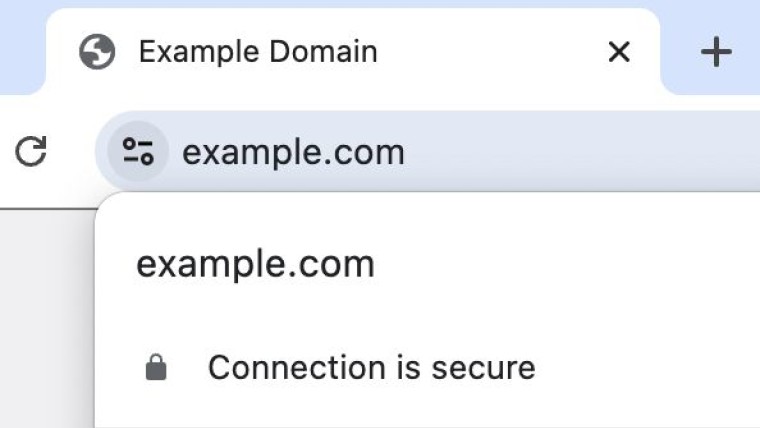When you use Google’s Chrome web browser, you are also likely familiar with the “lock” icon that appears next to a website’s URL. Many people believe that icon means that a site is safe to check out on Chrome. In fact, that is not the case, and that’s the reason Google is going to be changing that icon soon.
In a post on its Chromium blog, Google stated:
The lock icon is meant to indicate that the network connection is a secure channel between the browser and site and that the network connection cannot be tampered with or eavesdropped on by third parties, but it’s a remnant of an era where HTTPS was uncommon.
A site that uses HTTPS is now the normal order of things on the internet. However, the lock icon no longer means a site is safe to browse on Chrome. Google stated:
This misunderstanding is not harmless — nearly all phishing sites use HTTPS, and therefore also display the lock icon. Misunderstandings are so pervasive that many organizations, including the FBI, publish explicit guidance that the lock icon is not an indicator of website safety.

Therefore, that lock icon will soon be replaced with a version of the tune icon for site addresses. Clicking on it will send users to settings and controls in the browser. Google feels this is a more neutral icon that doesn’t indicate any “trustworthiness” for the site. It added:
Our research has also shown that many users never understood that clicking the lock icon showed important information and controls. We think the new icon helps make permission controls and additional security information more accessible, while avoiding the misunderstandings that plague the lock icon.
The new tune icon is available now in the Chrome Canary channel and will officially launch as part of Chrome 117 for desktops in early September 2023. It will also be replaced for the Android version of Chrome and it will be removed completely from the iOS version.



